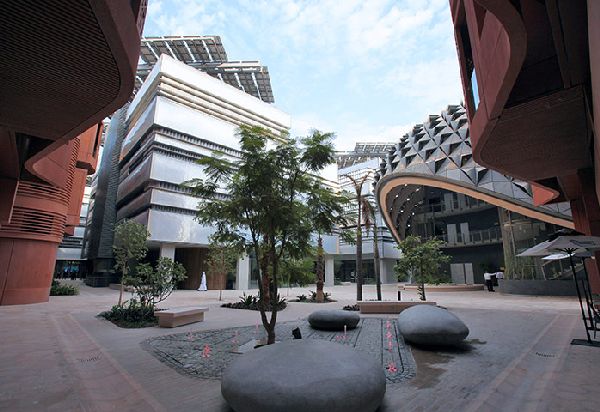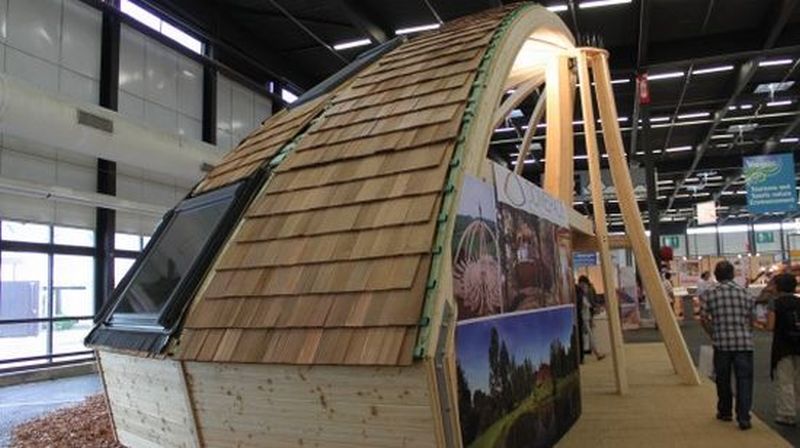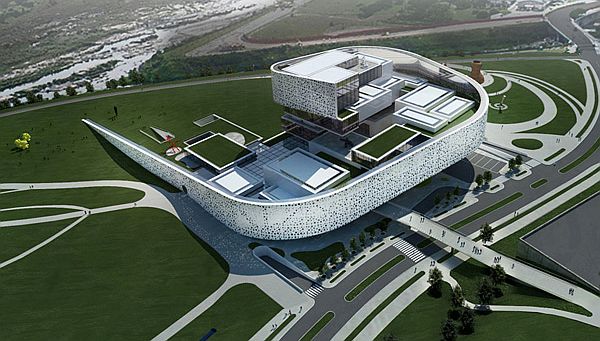A lot of times the old is discarded for no other reason except it being the fashionable thing to do. We often tend to forget that all our scientific principles have evolved over time and while most of the things have been improved upon, there is no shame in falling back on the tried and tested. Change for just the sake of it is never any good and modern architects are quickly realizing that they can borrow from their ancestors and their construction methods to enhance the green and sustainable features of modern buildings.

Masdar, in UAE is a prime example of this as the eco city that is taking shape currently brows from many of the ancient design principles emanating from the Middle East to make this a wonderful example of amalgamating the old with the new. Narrow streets here accelerate air flow and offer cool breeze in searing hot conditions while the thick walls keep the interiors cool and away from the heat. A giant wind tower in the courtyard offers further respite from the heat, while windows have been crafted to ensure that light seeps through while keeping all the heat out. All of these design elements have been borrowed from the many construction techniques used in the region since centuries.
The same is the trend in the Far East with construction firms like Takenaka incorporating the concepts of ancient Japanese design into modern homes. Recycled materials and wood that is available locally are used in construction by the firm while thin curtains that allow ambient lighting and multiple use of single space are some of the many features incorporated by them to make modern Japanese homes green.
Many cultures across the globe spanning from India and China to Africa and Native Americans in the US used rammed earth construction for perfect natural insulation. This is another trend that could be modified and used in modern design. These techniques show that sustainable design is not always about expensive installations and solar panels.
Via: Guardian




